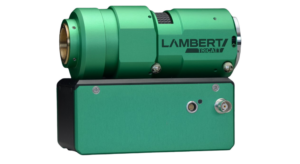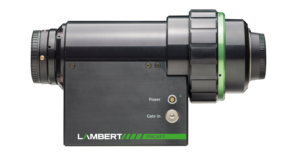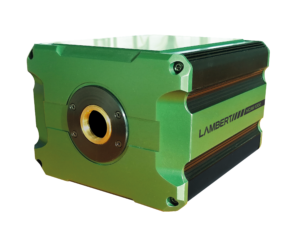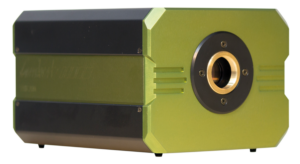< Back
Intensifier Control
Cameras for Combustion Research - An Overview
Combustion research plays a pivotal role in various fields, from automotive engineering to environmental science. Understanding the dynamics of combustion processes is crucial for optimizing fuel efficiency, reducing emissions, and enhancing safety. In recent years, the integration of advanced imaging techniques, particularly cameras, has revolutionized combustion research by providing unprecedented insights into complex combustion phenomena. In this article, we explore the significance of cameras in combustion research and highlight key considerations for selecting the right camera system for your research needs.
Why Cameras Matter in Combustion Research
Traditionally, combustion research heavily relied on indirect measurements and empirical models to understand combustion processes. However, these methods often lacked the spatial and temporal resolution required to capture intricate details of combustion phenomena. Enter cameras – advanced imaging systems that offer real-time visualization of combustion events with remarkable clarity and precision.
Cameras enable researchers to observe combustion processes directly, allowing for detailed analysis of flame dynamics, ignition mechanisms, pollutant formation, and combustion instabilities. By capturing high-speed images or videos, cameras offer invaluable insights into transient phenomena that occur within milliseconds, facilitating the development of predictive models and the optimization of combustion systems.
Key Features to Consider
When selecting cameras for combustion research, several key features must be considered to ensure optimal performance and compatibility with experimental setups:
High-Speed Imaging: Opt for cameras capable of capturing high-speed images (thousands to millions of frames per second) to capture transient combustion events with precision.
High Resolution: Choose cameras with high spatial resolution to capture fine details of combustion phenomena, such as flame structure and particle dynamics.
Spectral Sensitivity: Consider cameras with spectral sensitivity tailored to the wavelengths emitted by combustion species, enabling selective imaging of specific chemical species (e.g., OH, CH, CO) for detailed spectroscopic analysis.
Combustion Research Cameras

TRiCATT
The TRiCATT is a compact lens-coupled image intensifier

HiCATT
High-speed Intensified Camera Attachment (HiCATT)

HiCAM
Compact lens-coupled image intensifier

TRiCAM
The TRiCAM is a compact intensified camera.
Dynamic Range: Look for cameras with a wide dynamic range to capture both dim and bright regions within the combustion field without saturation, ensuring accurate quantification of luminance and temperature gradients.
Compatibility with Optical Diagnostics: Ensure compatibility with optical diagnostic techniques commonly used in combustion research, such as planar laser-induced fluorescence (PLIF), laser-induced breakdown spectroscopy (LIBS), and particle image velocimetry (PIV).
Data Acquisition and Analysis Software: Choose cameras supported by user-friendly data acquisition and analysis software that facilitates efficient data processing and visualization, allowing for seamless integration into experimental workflows.
Applications in Combustion Research
Cameras find widespread applications in various areas of combustion research, including:
Automotive Engineering: Studying combustion processes in internal combustion engines to improve fuel efficiency and reduce emissions.
Aerospace Engineering: Investigating combustion dynamics in rocket engines and gas turbines for enhanced propulsion systems.
Power Generation: Monitoring combustion processes in boilers and gas turbines to optimize energy production and minimize environmental impact.
Environmental Science: Assessing pollutant formation and combustion emissions to develop strategies for air quality management and pollution control.
Conclusion
Cameras have emerged as indispensable tools in combustion research, enabling researchers to unravel the complexities of combustion processes with unprecedented clarity and detail. By capturing high-speed images and videos, cameras provide valuable insights into transient phenomena, facilitating the development of innovative solutions for enhancing combustion efficiency, reducing emissions, and advancing sustainable energy technologies. When selecting cameras for combustion research, careful consideration of key features is essential to ensure optimal performance and compatibility with experimental requirements. Embracing the power of cameras in combustion research unlocks a world of possibilities for scientific discovery and technological innovation.
Unlock insights, illuminate discoveries – with cameras for combustion research.

